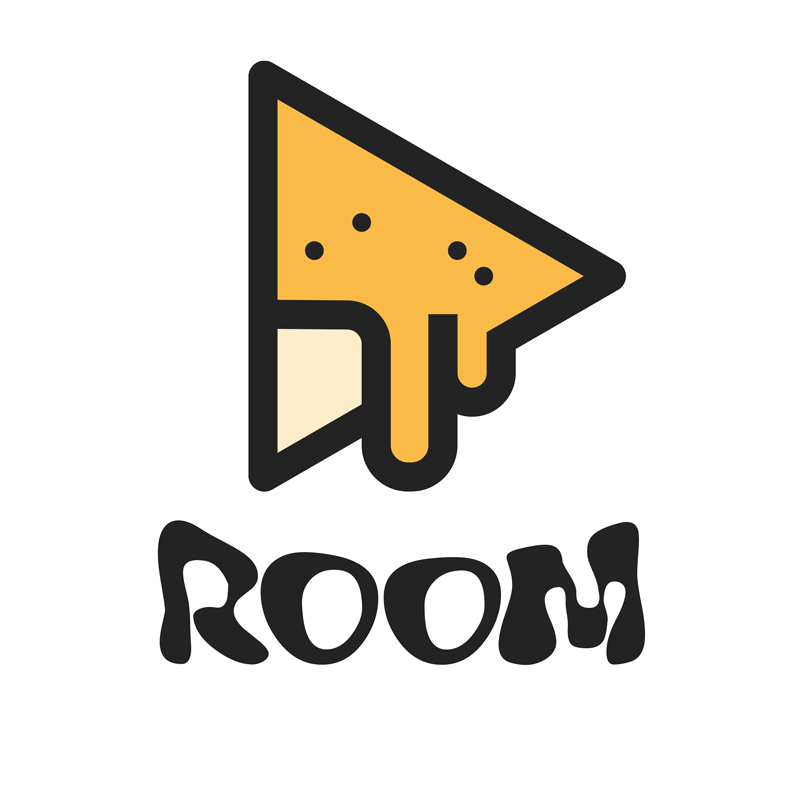Choosing the Right DAW: A Complete Guide for Musicians and Producers
When it comes to music production, selecting the right Digital Audio Workstation (DAW) is a crucial decision that can influence your creative workflow and overall sound. With a multitude of options available, how do you choose the best DAW for your music-making needs? In this guide, we'll break down everything you need to know about DAWs, helping you to make an informed choice that enhances your production experience.
What is a DAW?
A Digital Audio Workstation (DAW) is software that enables users to record, edit, produce, and manipulate audio files. DAWs provide a range of tools for creating music, from recording live instruments to mixing tracks and applying effects. Choosing the right DAW can boost your productivity, inspire creativity, and enhance your audio projects significantly.
Factors to Consider When Choosing a DAW
Here are key elements to consider when selecting the right DAW for your music production:
- Compatibility: Ensure the DAW is compatible with your operating system (Windows, macOS, Linux).
- User Interface: Look for an intuitive layout that suits your workflow preferences.
- Features: Consider essential features such as MIDI support, audio recording capabilities, and built-in plugins.
- Community and Support: Check for online resources, tutorials, and forums for user assistance.
- Budget: Evaluate your budget; DAWs range from free to premium price points.
Popular DAWs to Consider
Here's a shortlist of popular DAWs widely recognized in the music production industry:
- Ableton Live: Ideal for electronic music producers with its live performance capabilities.
- Logic Pro X: A comprehensive choice for macOS users, known for its extensive plugin library.
- FL Studio: Favored for its user-friendly interface, suitable for beginners and advanced users alike.
- Pro Tools: The industry standard in audio editing, commonly used in professional studios.
- Studio One: A versatile DAW known for its drag-and-drop functionality and intuitive design.
Step-by-Step Guide to Choosing a DAW
Follow these steps to choose the DAW that best suits your needs:
- Identify Your Goals: Determine what genres of music you will produce and whether you’ll perform live.
- Research Options: Explore features, pricing, and reviews of various DAWs online.
- Test Free Versions: Take advantage of free trials to assess usability and functionality.
- Consult with Peers: Discuss with fellow musicians and producers about their experiences with different DAWs.
- Make Your Purchase: Choose the DAW that fits your needs, workflow, and budget.
Frequently Asked Questions (FAQs)
1. What is the easiest DAW for beginners?
FL Studio and GarageBand are often recommended as user-friendly options for beginners due to their intuitive interfaces and abundance of tutorials.
2. Can I use multiple DAWs for different projects?
Absolutely! Many producers use several DAWs to leverage unique features or work on varied styles of music.
3. Do DAWs come with built-in instruments and effects?
Most DAWs come with a selection of built-in instruments and effects, but additional plugins can often be purchased to expand your toolkit.
4. Is there a free DAW that is worth using?
Yes, options like Cakewalk by BandLab and Audacity provide robust features at no cost, making them great for beginners.
5. How do I transition from one DAW to another?
This involves exporting your projects as audio files, learning the new DAW’s features through tutorials, and gradually recreating your workflow in the new environment.
Conclusion
Choosing the right DAW is a pivotal step in your music production journey. By considering your goals, thoroughly researching options, and utilizing free trials, you can find the DAW that resonates with your creative vision. The right software can transform your workflow and elevate your music-making process, whether you're a seasoned professional or just starting. Share your experiences or questions below, and let's continue the conversation about what makes a DAW truly exceptional!

